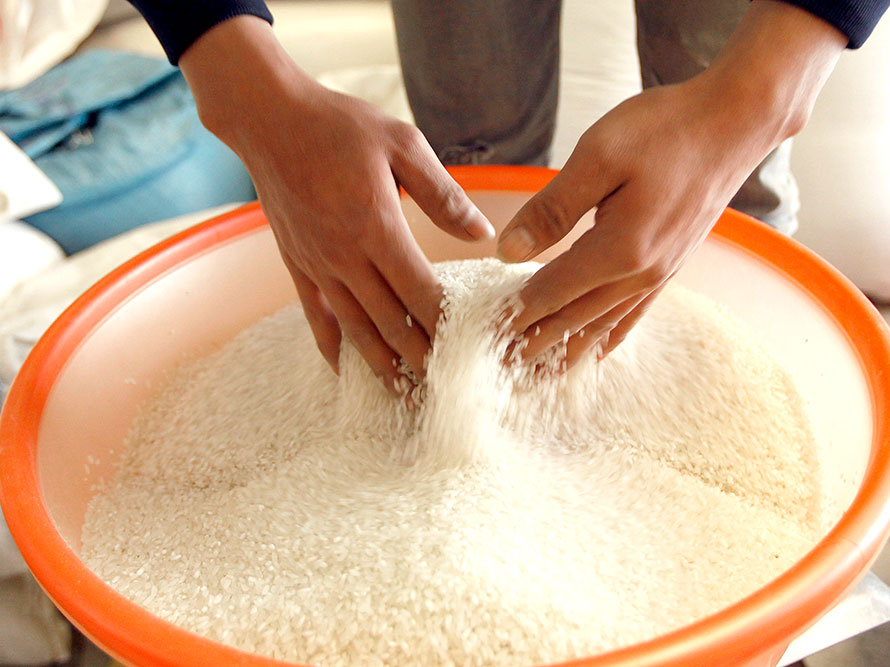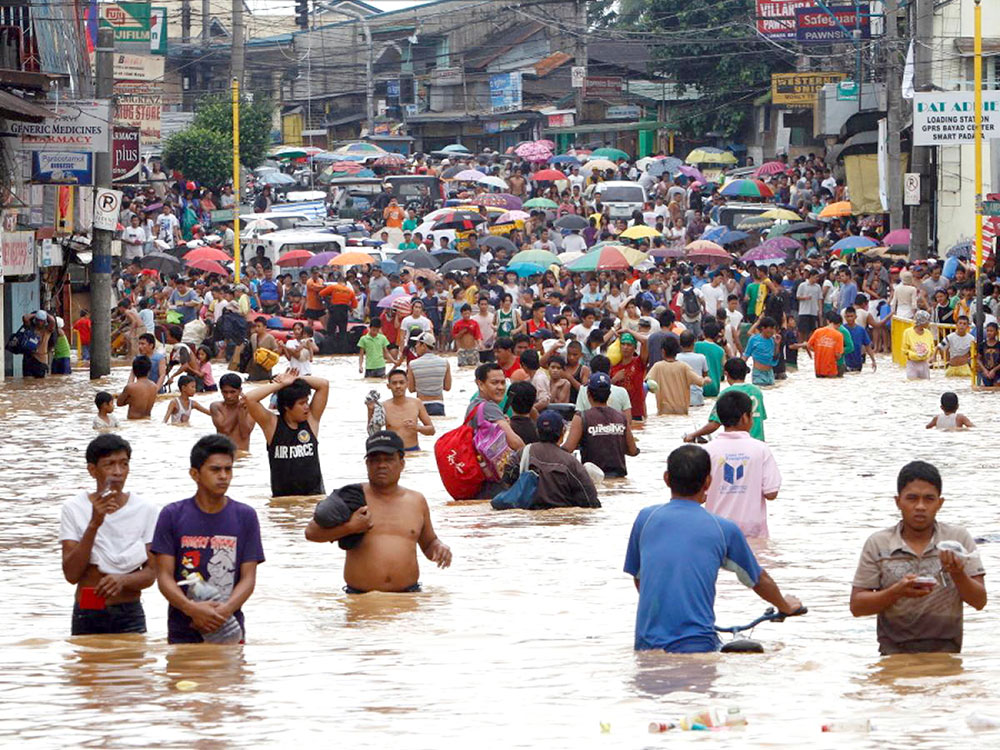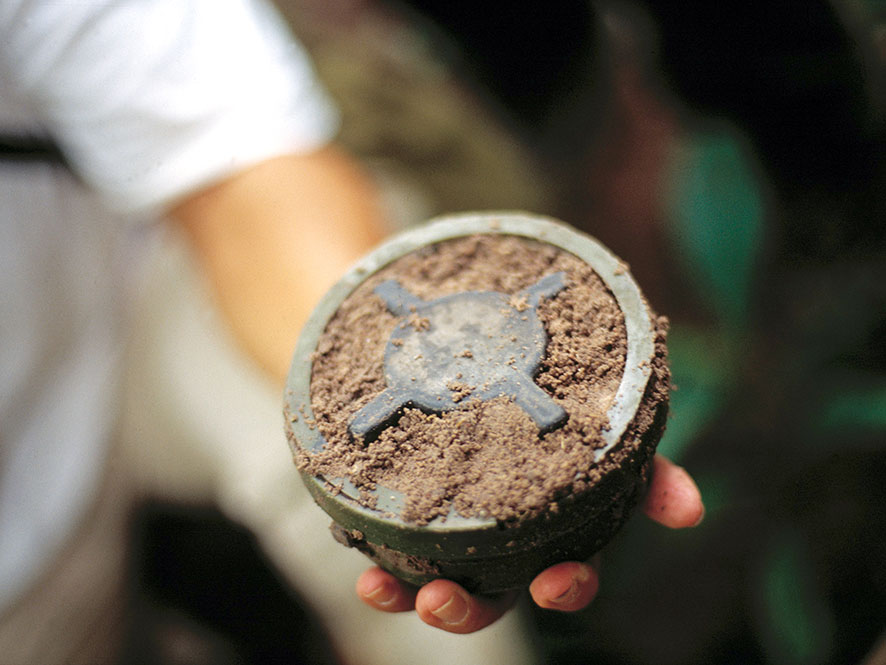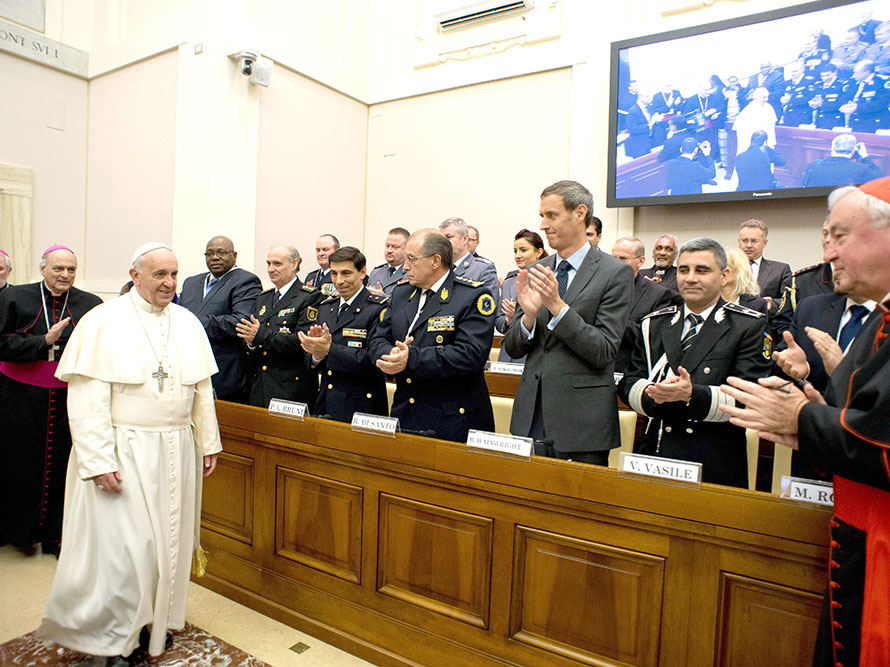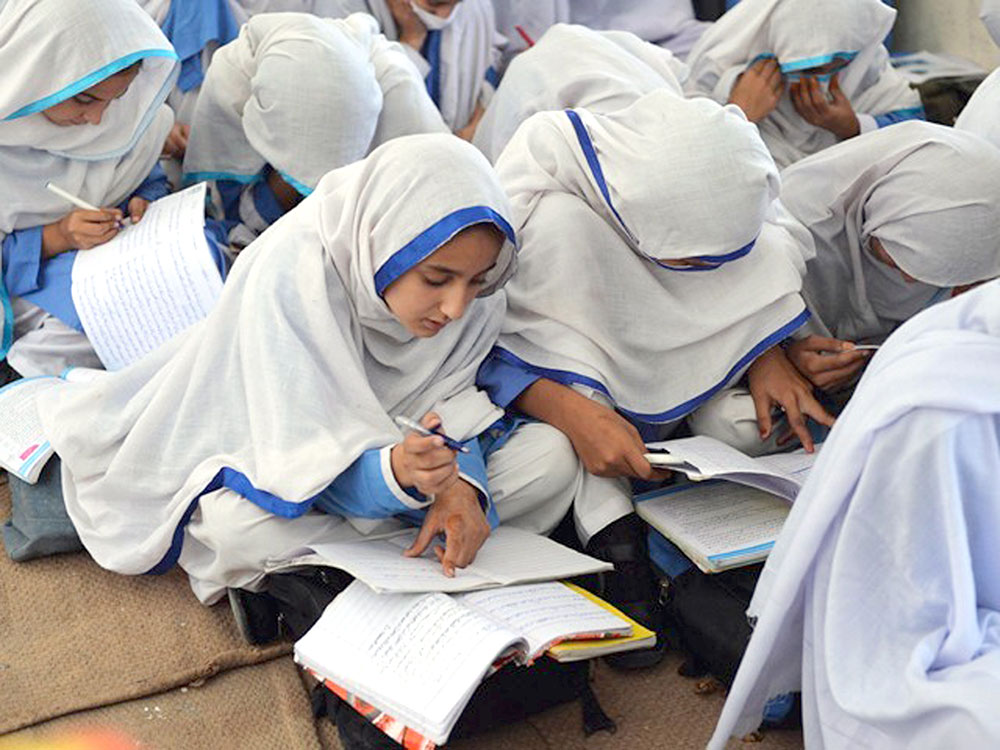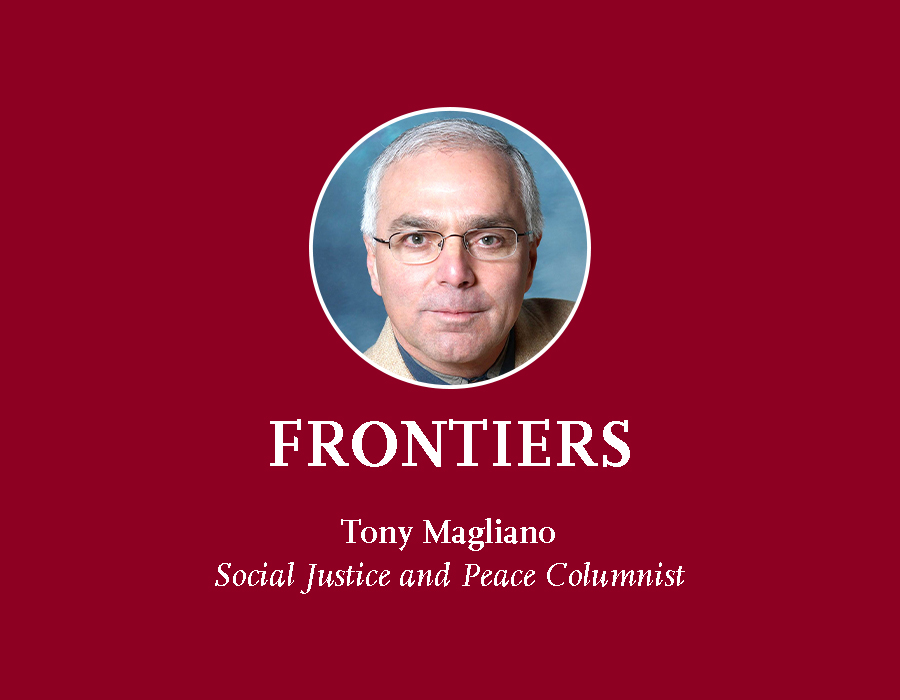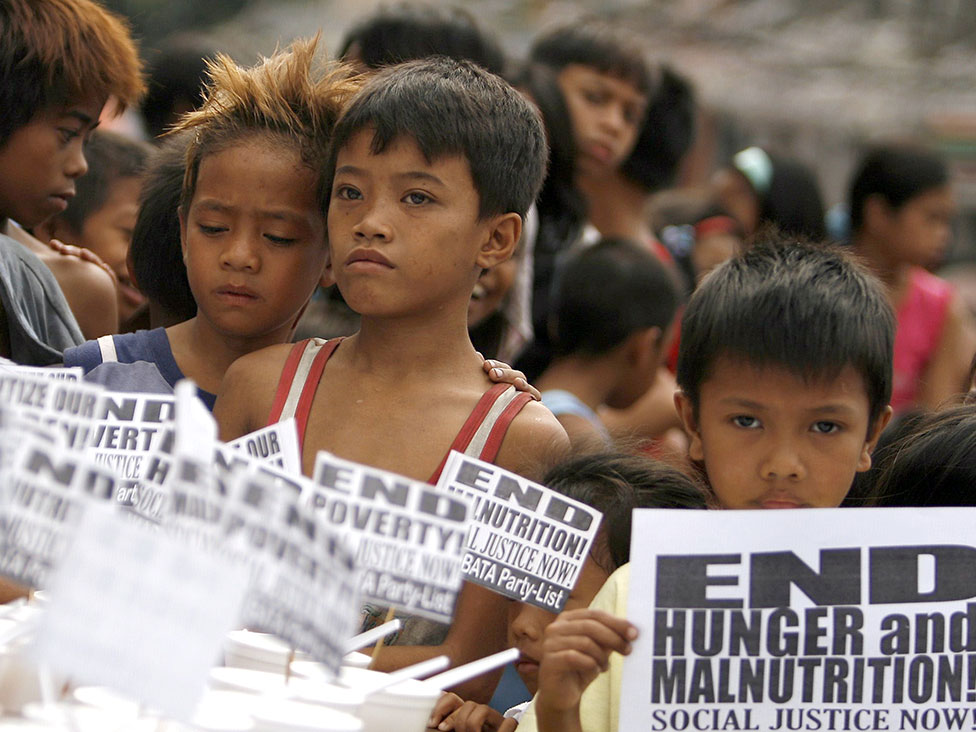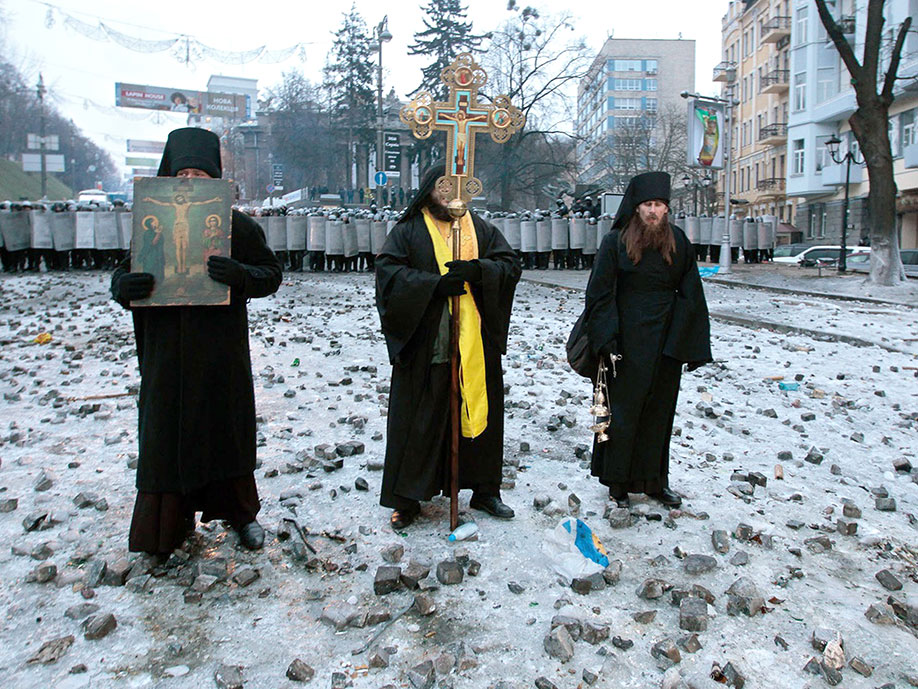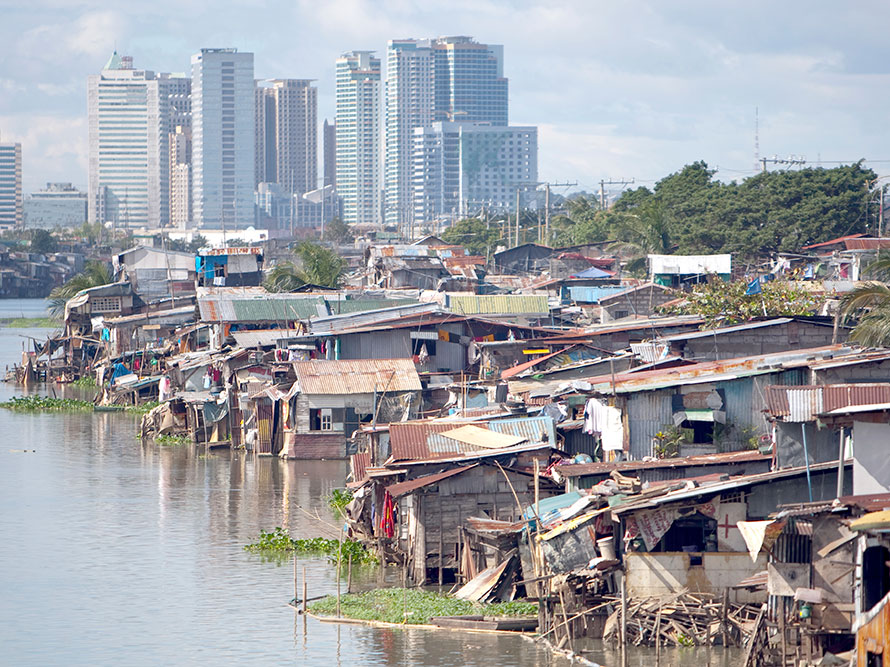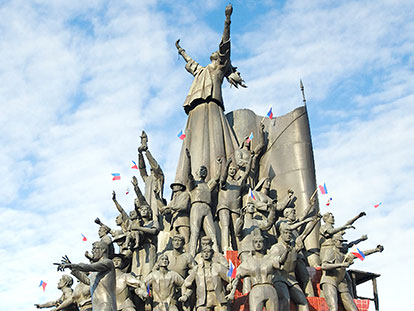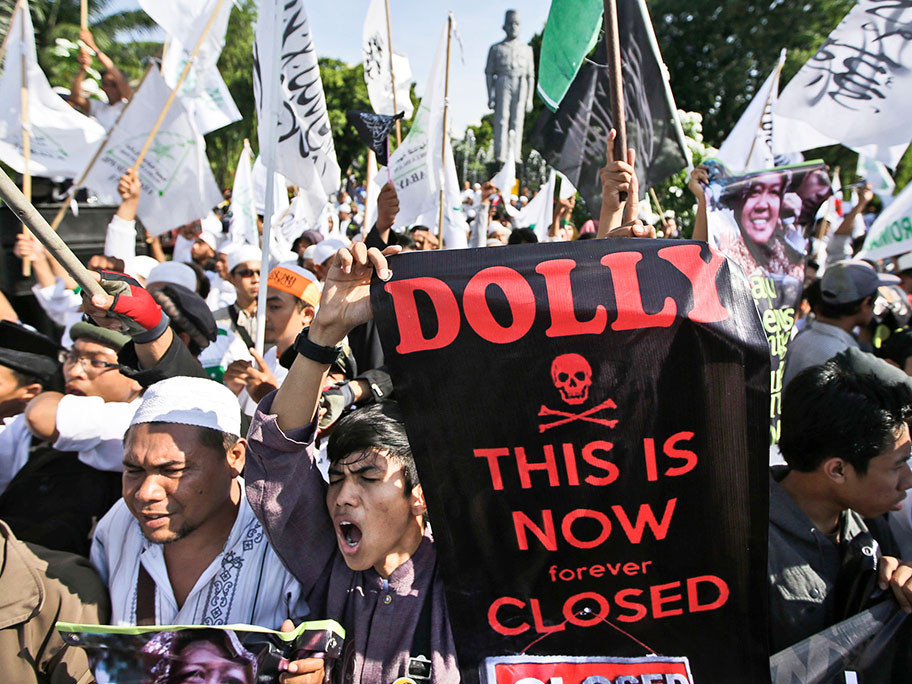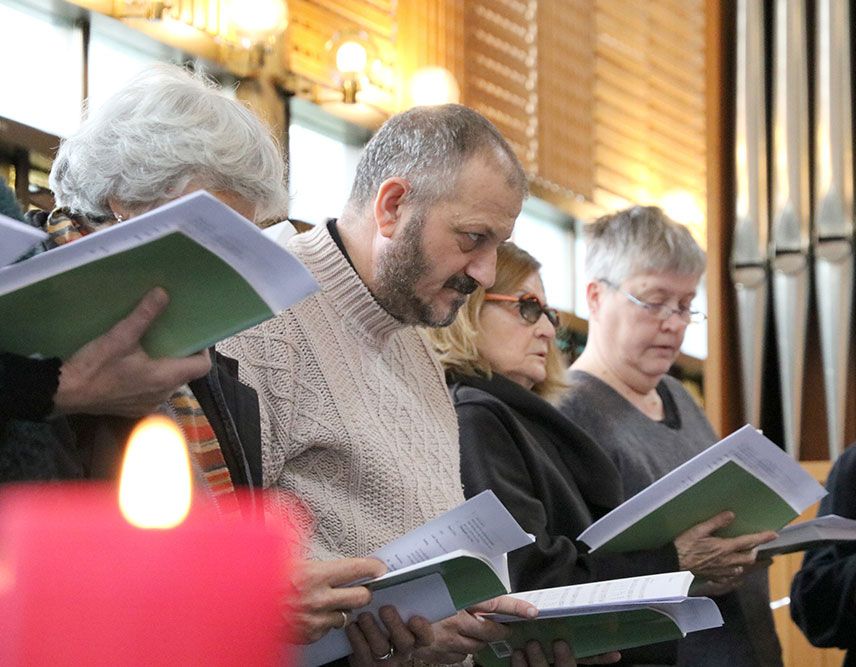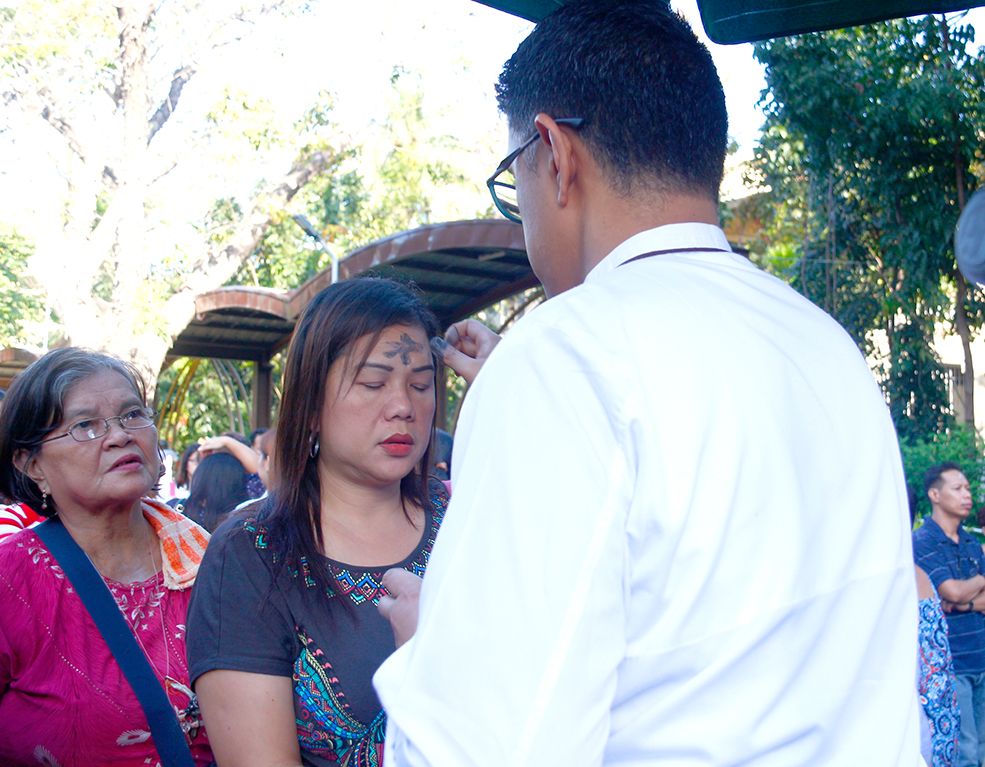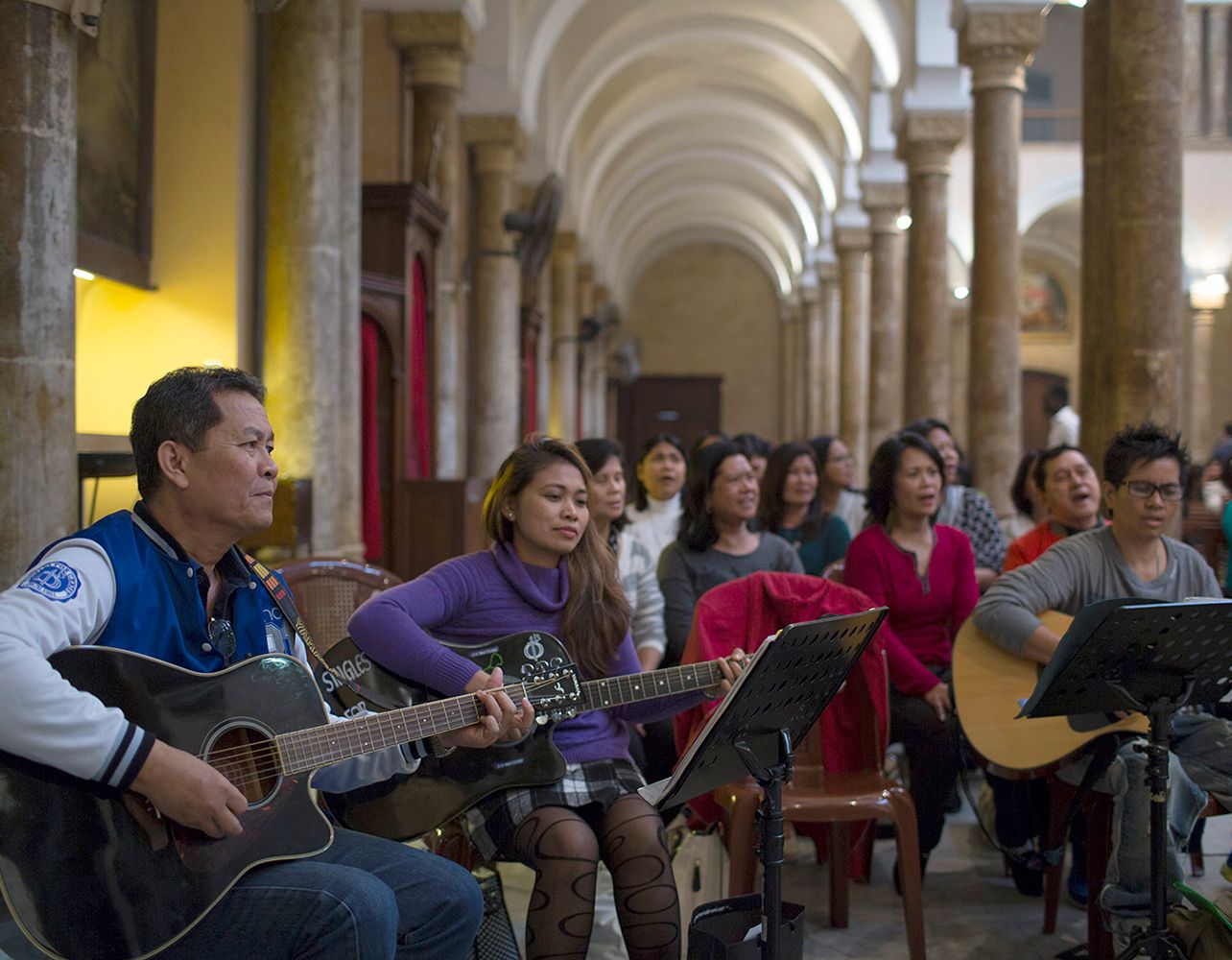Only three weeks after Christmas, a time when food supply is usually abundant, consumers in Metro Manila found themselves scrambling to the wet markets to buy rice, as reports circulated on radio and television that retailers hiked up the price of the Philippine staple by $0.02 per kilo. Retailers justified the price increase saying farmers and millers passed on pre-husked grain or palay to them at a more expensive price because of insufficient harvests. At the same time, the cheaper variety of the rice subsidized and distributed by the Philippine National Food Authority (NFA) was no longer available. That low-end NFA variety costs roughly US$0.60 per kilogram. Only the well-milled variant priced at US$0.70 per kilo remained in the markets. Meanwhile, the most expensive commercially-milled rice variant costs about US$1 per kilo, already considered a luxury by many Filipinos.
Rosita, a mother of 5, complained that the remaining NFA variant being sold was already too expensive for her, especially since she had 5 school-aged children to feed. Rosita uses rice to extend their meals because she and her husband cannot afford to buy more meat, given the meager wages they earn as common laborers. “That is too much. How can we work, how can my children concentrate in school with hungry stomachs,” she lamented. Meanwhile, other consumers were compelled to ask, “Where is the cheap rice? What happened to it?”
GOVERNMENT’S RESPONSE
The NFA was quick to defend itself, saying the bulk of the Philippine Agriculture Department’s rice supply in the markets was depleted because reserve or buffer stocks were allocated for the government’s relief efforts for the victims of Supertyphoon Haiyan in Central Philippines. The food agency also explained that the release of rice stocks are deliberately limited during the first quarter of each year, to save up for the “lean months” of July to September, the height of the rainy season in the Philippines, when harvests are down.
By the end of January, the NFA reported in a press release that it had increased its rice allocation in key Metro Manila wet markets, to allay fears of food shortage and to augment the presence of cheaper rice in retail outlets. The government office also said that half a million metric tons of rice were imported from Vietnam towards the end of 2013, with the imports coming in by the end of March.
LAND SHORTAGE
Reports of rice shortage are nothing new in the Philippines. Hearing of such reports, however, causes many Filipinos to wax sentimental, especially since the Philippines has always been regarded as an agricultural country, a major producer of rice. At some point, the country even exported rice to partner economies. However, compared to its other rice-producing neighbors like Thailand, Cambodia and Vietnam, the Philippines now has to import rice from other countries, because only a small area of its agricultural land can be cultivated for rice nowadays. In fact, in 2010, the Philippines became the largest rice-importing country in the world, because its rice production was unable to meet its population’s total rice requirement.
The dwindling of agricultural assets, however, is not just a local problem. The U.N.’s Food and Agriculture Organization (FAO) has observed that land and water resources that were originally intended for rice production the world over, have gradually diminished as populations continue to grow over the years. Although improved farming techniques and the introduction of high-yielding rice varieties have helped increase rice production in the past decades, more lands, particularly in Africa and the Americas, must now be identified and converted to rice paddies to avert a possible crisis around the world.
RICE SELF-SUFFICIENCY
Rice shortage and the continuing importation of rice by the Philippines also seem ironic, especially in view of the government’s target to become self-reliant in terms of rice production by the end of 2013. In October 2012, Philippine President Benigno Simeon Aquino III declared 2013 as the “National Year of Rice,” calling on farmers, policymakers, retailers and consumers to help the country achieve its rice self-sufficiency goal.
However, in December 2013, the Department of Agriculture (DA) declared that the Philippines will not be able to achieve this goal, because a third of the country’s rice lands were devastated by Typhoon Haiyan. The Philippine government also announced that more rice imports will be coming in this year, with the goal to be sufficient in rice, as well as other crops and food staples, pushed back to at least the year 2015.
ENVIRONMENTAL PROBLEMS
The effect of climate change obviously plays a key role in the production of rice, as demonstrated by Typhoon Haiyan. Although the world’s largest rice producers and exporters, Thailand and Vietnam, have yet to feel the effects of climate change in their rice fields, experts warn that there is a possibility that changing weather patterns, especially in the Southeast Asian region, may eventually cause a major upset in the way rice is being supplied around the world. To be sure, if the renowned Asian “rice bowls” experience production problems because of climate change, then they will be forced to significantly reduce their exports or ensure that their own country’s supply will be satisfied first before trading the commodity elsewhere. Many rice importing countries will definitely be affected by this change. Aside from Nigeria in Africa, China, Saudi Arabia and the United States are among the top rice importing nations around the world.
Although factories and industries are the usual culprits in the emission of greenhouse gases, the FAO says the continued practice of flooding rice paddies, which is a major source of atmospheric methane, and the use of nitrogen-based fertilizers that release nitrous oxide, also speed up global warming.
RICE SMUGGLING
Aside from the forces of nature that are beyond man’s control, man-made problems also prevent the free trade of rice among nations. In the Philippines, the Senate has undertaken an investigation into the rampant smuggling of rice in the country. The inquiry was prompted by the pinning of the alleged “Goliath of rice smugglers,” Davidson Bangayan, by a mayor of a metropolitan city in Southern Philippines. Aside from Bangayan, insiders at the Philippine Bureau of Customs have identified 16 other alleged big-time rice smugglers in the country, who are bribing officials to allow the tariff and tax free passage of rice imports in key Philippine ports of entry. In 2013, the Philippine government lost around US$222 million due to rice smuggling alone.
The Philippine Confederation of Grains Association has repeatedly warned the government that, unless it puts an end to such illegal activities, the country will not be able to attain its rice self-sufficiency target in the coming years. For one, the release of large supplies of imported pre-husked rice in major ports all over the country is delayed, with the government imposing stiffer requirements for importers and traders, including the legitimate ones, to prove ownership of these grains. The longer these grains languish in the warehouses, the higher the possibility that these will just rot. As a result, legally imported rice that should be infused into the markets only go to waste.
In addition, the availability of cheaper pre-husked grain, whether imported legally or illegally, puts local millers and farmers out of business. To illustrate this, a sack of imported grain is 10% cheaper than its locally-produced and milled counterpart. As such, either farmers’ harvests remain unsold or locally-milled rice rots away in warehouses of Filipino millers. Aside from the local palay going to waste, farmers may be forced to plant other crops, bringing down the government’s rice production targets for self-sufficiency.
In a statement released by the office of the spokesperson of the Department of Agriculture in January, the agency strongly condemned rice smuggling and “the people behind this form of economic sabotage.” Likewise, the Department denied all allegations regarding the supposed involvement of some officials or employees in the illegal activities. The DA reaffirmed its commitment to fight economic saboteurs and “to institute reforms to make the government’s rice importation and procurement program truly transparent and efficient.”
THAILAND’S RICE-RELATED PROBLEM
Not far from the Philippines, a Southeast Asian neighbor was also beset by a rice-related problem earlier this year. Part of the political crisis in Thailand that reignited towards the end of 2013 stemmed from the government’s continued failure to pay its farmers, whose harvests were purchased under a rice subsidy program. Under the scheme, the government pledged to buy the farmers’ grains that were intended for importation at a much attractive price. However, the farmers remained unpaid, prompting them to hold a protest in the capital city of Bangkok. The government cited huge losses under the controversial program for its inability to pay the poor farmers. Demonstrators who have long been opposing the regime of Prime Minister Yingluck Shinawatra, and the continued dominance of the Shinawatra family in Thai politics, soon joined in, creating more tension and unrest in the kingdom’s capital.
SECURITY VERSUS SUFFICIENCY
Elsewhere in the world, the seemingly conflicting policies that have been instituted by different countries to ensure food security and food self-sufficiency also figure prominently in the availability and affordability of food. As defined by the F.A.O., food security “exists when all people, at all times, have physical and economic access to sufficient, safe and nutritious food to meet their dietary needs.” In order to achieve this, nations rely on the international food market and partner economies to meet the food needs of their population. On the other hand, food self-sufficiency is a nation’s independence or autonomy from other countries in terms of food-related economic activity or support.
In Indonesia, for example, the policy to restrict food imports by limiting the amount of food that can be brought in, as well as imposing heavy import tariffs on these commodities, helps accelerate the archipelago’s food self-sufficiency targets. However, the food security of Indonesia’s poor is compromised in the process. As a result of limited imports and, therefore, the limited availability of certain products in the local market, prices, such as those of rice, need to go up, reducing the poor’s ability to purchase them. While self-sufficiency is addressed, food security, poverty and hunger alleviation all suffer a major setback.
THE LURE OF MONEY
In many of the situations discussed above, greed and money seem to be the driving force behind the problems surrounding rice. It’s as if the trading of rice has attained the level of gold or some other precious metal or stone. In the Philippines, the need to make huge and instant profits, first by evading the payment of levies, and then by flooding the market with cheaply-sourced yet expensively-sold rice, is an example of how unscrupulous individuals manipulate the system to achieve their selfish ends.
While politics was at the heart of the Thai crisis, the poverty of the farmers, although sidelined by issues raised by anti-government protesters, was at the root of the bigger problem. On the surface, the government’s failed subsidy program that robbed the poor farmers of their promised income was the point of contention. On a much larger and deeper level, however, the existing national policy that favors the consumer and the export market instead of the poor Thai farmers was the real, underlying issue. In a similar way, the tariffs and duties being imposed by the Indonesian government on certain food imports, while favorable to the economy and the public at large, disregard the welfare and dignity of the poor and hungry.
Meanwhile, the conflict in Thailand has placed Vietnam in a very good position as a rice exporter. Because of the domestic problems in Thailand, reports of cancelled importation contracts between the kingdom and China circulated in February, opening the market for Vietnamese rice exporters. While these reports were denied by both Thailand and China, Vietnam’s Institute of Agriculture and Rural Development Policies reported that the price of Vietnamese rice has appreciated, and has, in fact, exceeded that of Thailand’s. In December 2013, Vietnamese rice sold at US$410 per ton, while Thai rice sold at US$380 per ton. The Vietnam Food Association has instructed rice enterprises to continually improve its products to become more competitive in the international food market.
INTERNATIONAL COOPERATION
While recognizing the need to improve local economies and to open them up for globalization, the Church has continually issued a call for cooperation among members of the international community to eradicate hunger. In his message for World Food Day in 2012, then-Pope Benedict XVI identified agricultural cooperatives as alternatives to international and domestic policies “which seem to have profit as their sole aim…and the defense of markets.” Benedict believes agricultural cooperatives are a means to “put an end to the speculative trends that are now even affecting basic staples (such as rice) destined for human nourishment and can contain the monopolization of cultivatable areas which, in various regions, are forcing farmers to abandon their land.” The Pope Emeritus concluded by exhorting public officials to lay down the “legislative and financial instruments to ensure that, in rural areas, cooperatives may be effective tools for agricultural production, food security, social change and a greater improvement of living conditions.”

